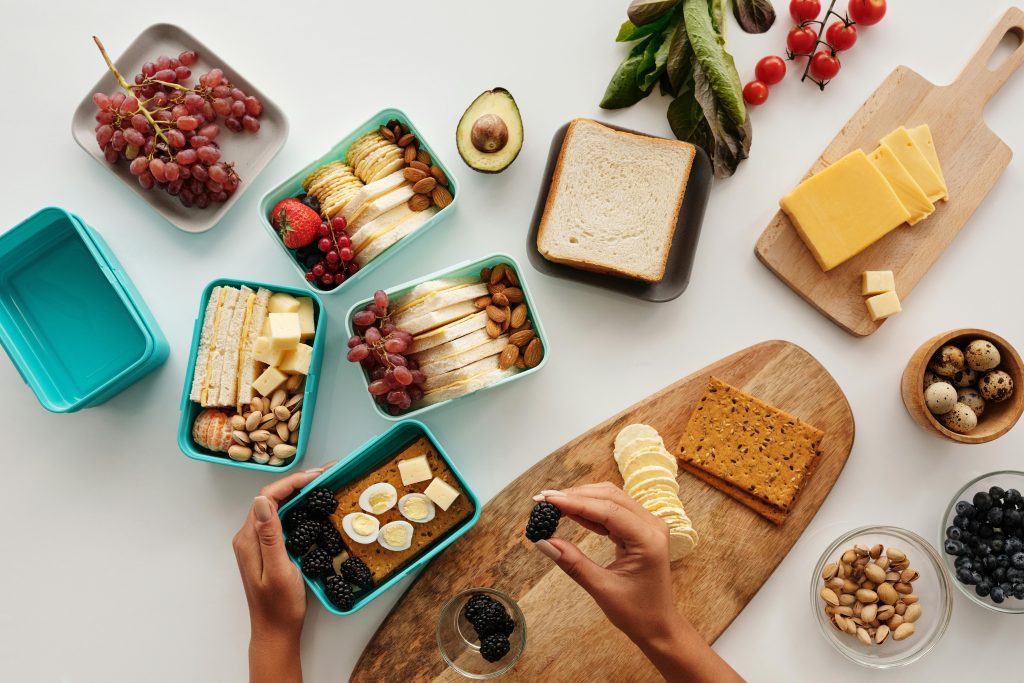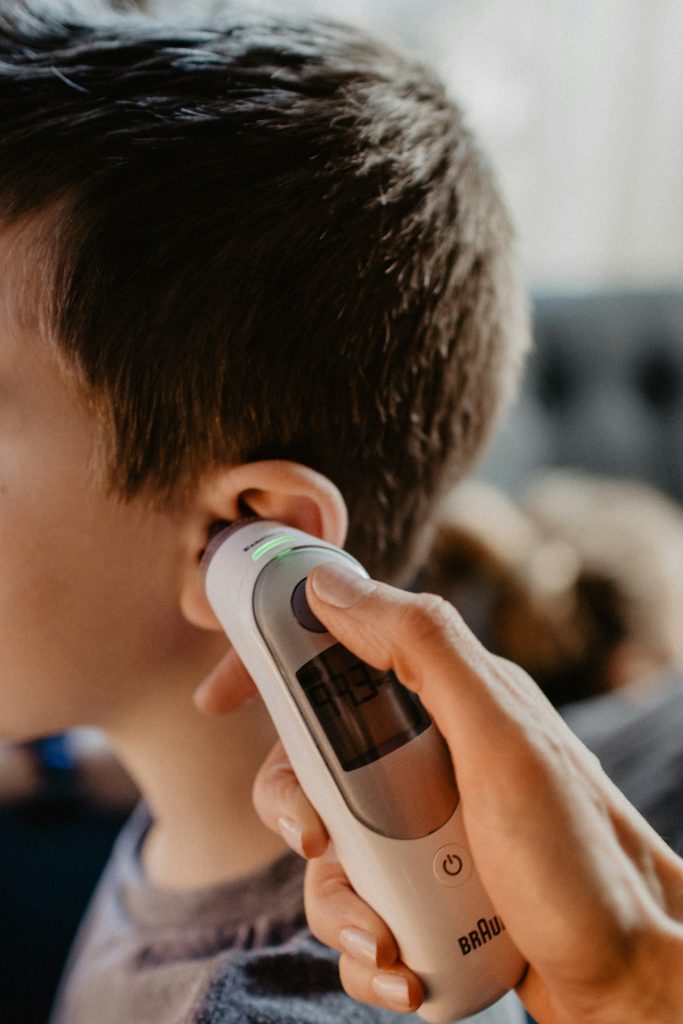With summer finally here its nice to be able to enjoy a different method of cooking on the BBQ…and take the mess outside! However, many families wonder if BBQ meat or meat cooked over an open flame is family-friendly. The word “cancer” sometimes comes up in conversation due to some evidence about carcinogens linked to ingestion of BBQ meat. It is important to be aware of the risks to make an informed decision that fits your family’s values.
Read on to learn more about this topic!
Is BBQ meat safe for babies to consume?
Yes! The short answer is that it is safe to offer your baby well-cooked meat prepared on the grill or BBQ in moderation. This means limiting offering meats cooked on the grill to once per week.
What are some of the concerns with BBQ meat and cancer?
Meats cooked using a BBQ, open flame, or broiler have been linked to increased risk of cancer. This is because when meats are prepared at high temperatures, and especially those over an open flame, two carcinogens are produced: heterocyclic aromatic amines (HCAs) and polycyclic aromatic hydrocarbons (PAHs). These two carcinogens have been linked to changes in DNA that may increase the risk of cancer.
How are these carcinogens formed?
Both of these carcinogens are directly linked to meats – meaning plant-based proteins are not impacted in the same way. HCAs develop when the muscle proteins in meat react to high heat. PAHs are produced when fats from meats drip into an open flame causing more flames and smoke. This causes a reaction where the PAHs from the flame is thought to “stick” to the meats.
As both of these reactions tend to occur mostly with meats, vegetables that are grilled do not form these compounds. However, it is important to note that excessive charring of any foods can create other carcinogens, which has been linked to cancer.
With any study, it is important to take a look at who was tested and what dose was offered to better understand human risk. The association between HCAs/PAHs and cancer risk is based off of studies on rodents fed extremely high amounts of these carcinogens. This is a key details because the amount these compounds rodents were fed would be equivalent to thousands of times the dose a person would consume in a normal diet. So unless you are eating BBQ meat or meat cooked over an open flame for every meal, every day, your risk is quite a bit lower! (1)
How to reduce the risk of cancer when using the BBQ
The good news is that the amount of both HCAs and PAHs can be limited (2).
1) Try shortening your grill time.
- Smaller cuts of meat tend to spend less time on the grill.
- Par-cook meats using an oven or pan first, before grilling.
- Flip food frequently to avoid meat from being exposed to heat for long periods of time. This can also prevent charring.
2) Marinate meats.
- Research shows that PAHs from the smoke are less likely to “stick” to food when covered in a marinade.
3) Opt for plant-based foods.
- Risks regarding carcinogens are related to animal-based products. Vegetables, plant-based proteins and tofu are not impacted.
The bottom line…
Grilling can be a great way to expose babies and toddlers to new flavours, textures, and cooking methods. It also is a wonderful opportunity to take meals outside. If you’re living in BC, chances are the number of nice days are limited so don’t stress if your baby consumes BBQ meats occasionally. Food is more than just nutrition, it is also about socialization and enjoyment – we want you to feel comfortable enjoying family cook outs, camping trips, and outdoor events this summer! Based on the research we feel that the risks outlined above are quite minimal, especially when consumed in moderation and if following some of the tips above.
References:
(1) National Cancer Institute. (n.d.). Chemicals in meat cooked at high temperatures and cancer risk. Retrieved June 30, 2024, from https://www.cancer.gov/about-cancer/causes-prevention/risk/diet/cooked-meats-fact-sheet
(2) American Institute for Cancer Research. (n.d.) Five Steps for Cancer-Safe Grilling. Retrieved June 25, 2024, from https://www.aicr.org/news/five-steps-for-cancer-safe-grilling/



